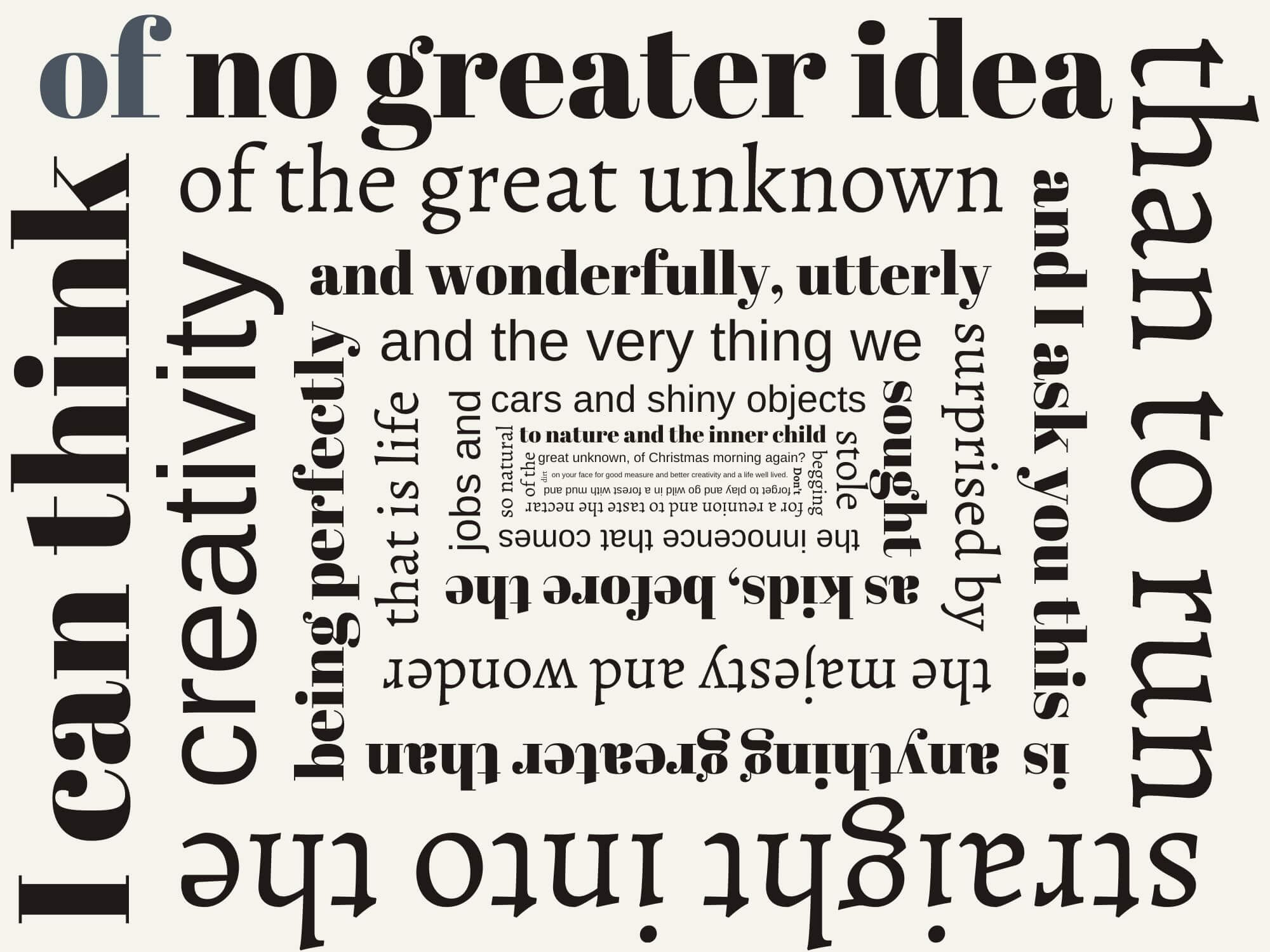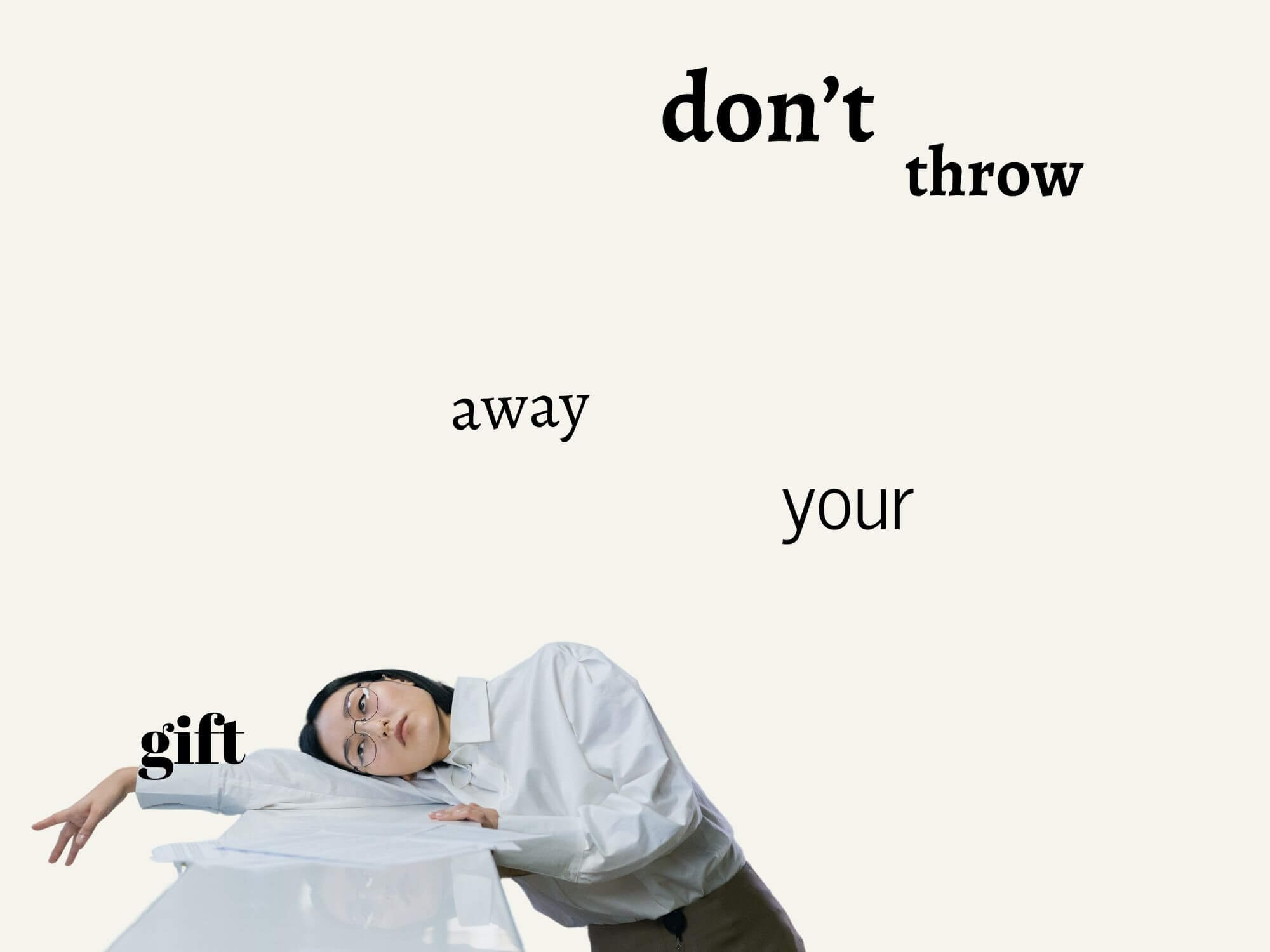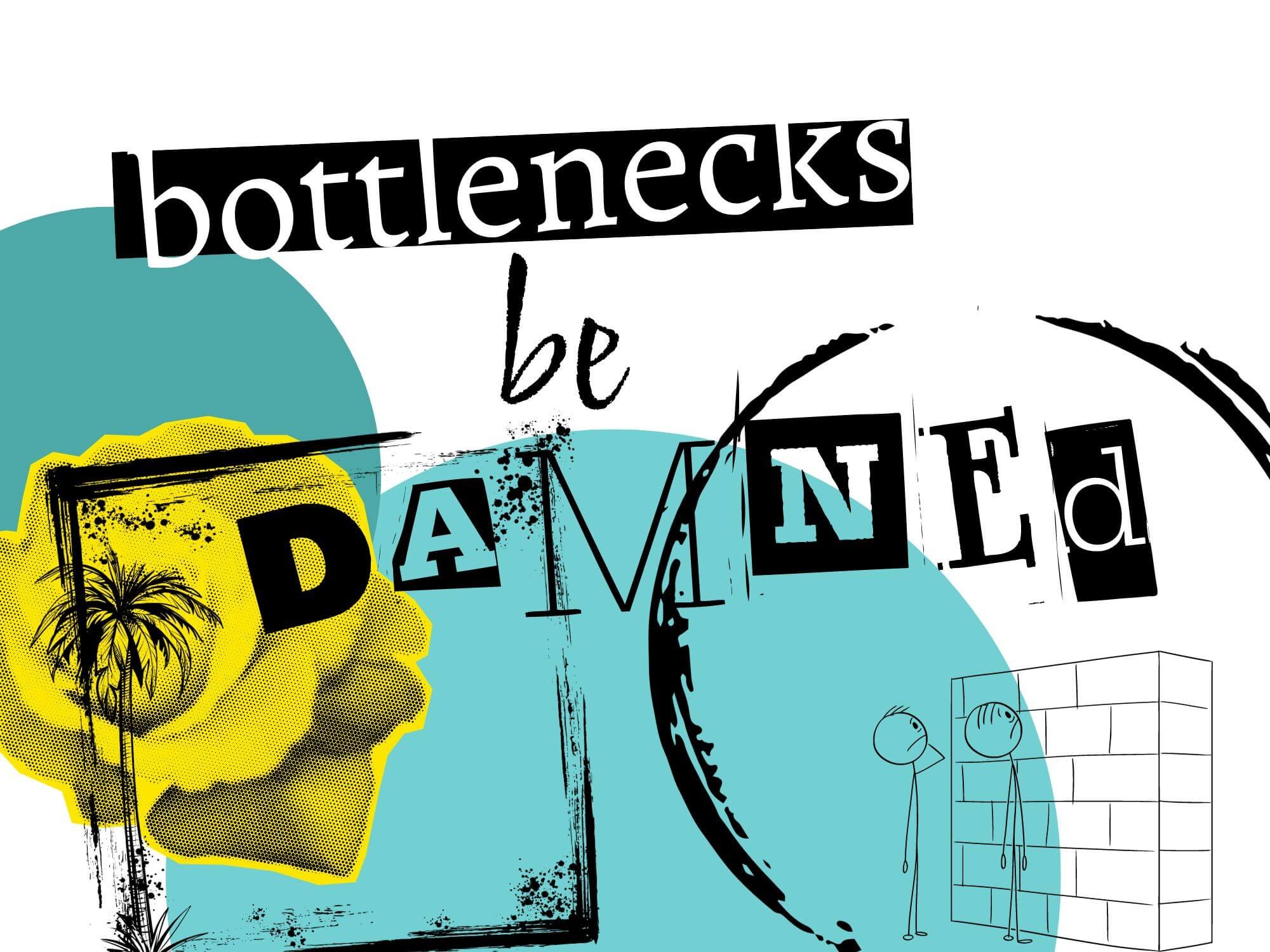How to Be More Creative (my top 10 tips)
You’re a human. Creativity is natural — you just need to find it and let it out.
So this is my guide on how to be more creative.
I’m a musician, artist and travel blogger, and I see life as one big creative adventure. The world is a canvas and everything is waiting for your spin. Creativity is a skill in seeing this reality and then molding it to your liking.
So let’s do this!
Table of Contents Show
What Is Creativity? (meaning + examples)
Creativity is the creative act itself and the process of making something unique and useful. There’s an intuitive understanding of creativity, but this definition is this is based on insights from Walia (2019) and Berry and Harvey (2023).
Of course, “usefulness” is open for debate and doesn't just refer to practicality. For example, personal fulfillment is a strong form of usefulness.
But I think this definition works well enough. So let’s look at some examples of creativity now.
Explore more:
➤ My Core Principle of Creativity
Examples of Creativity
Photography
Playing an instrument
AI prompting
Cooking
Designing your home
Parenting
Painting or drawing
Debating or arguing your thesis
DIY projects or crafting
Problem solving
Fashion
Benefits of Creativity
Express yourself
Personal fulfillment — it’s a source of pride
It’s an in-demand modern skill
Get better at problem solving
Be more adaptable and flexible
Expand your career opportunities
Be more innovative in your thinking
Boost your emotional and physical wellbeing
Get better at “connecting the dots”
Better manage and reduce stress
Improve your cognitive abilities and brain health
Get better at communication
Have more fun
How to Be More Creative (10 moves)
1. Start With Your Mindset
Being more creative starts with thinking more creatively.
It’s a way of viewing the world from a more creative POV. Because anything can be art.
Everything in life starts and ends with your mindset. So naturally, this as a key part of becoming more creative. Mindset is the way you see and experience the world around you. And creativity is amplified tenfold by your mindset.
A creative mindset is the belief and perspective of experiencing life through an artistic lens.
When my mindset is right, I’m more creative. But when it’s off, I’m also off. So here’s my best advice:
Accept, expect and emotionally embrace that you are creative.
Live as a creative person. Create an alter ego. Embrace who you wish to become. Our brains are dynamic and neuroplasticity tells us we can learn any new skills.
Explore more:
➤ The Creative Mindset Playbook (epic tips)
2. Do More Creative Things
This next tip is obvious, but if you want to be more creative in life, then do more creative things. Makes sense.
I categorize creative acts into two buckets:
Actively creative stuff
Passively creative stuff
Active creativity is when you are directly involved in the creative action.
For example, painting, making music, writing, learning a new creative skill or even parenting are all examples of active creativity.
Passive creativity, on the other hand, are things that don’t require your direct involvement.
For example, going to a museum, visting an art gallery or consuming creative content are more passive in nature (but still creative).
So if you’re keen to become more creative in life, simply start doing more creative things. Anyone can start passively. But try to incorporate active things too.
The more you make this stuff a regular part of your life, the more creative you’ll become (naturally).
Explore more:
➤ My Favorite Creative Outlets
3. Do What Puts You in Flow
“When you get lost in the moment, you lose track of time and stop overthinking. It’s intuitive and emotional. It’s creative. And anyone can do it.”
Flow state is like the holy grail of creativity. Because when you’re in a state of flow, you’re more intuitive and creative. Your logical, self-judging mind steps aside and you start to embrace play and fun.
Creativity lives here.
The more time you spend in flow, the more creative you’ll be.
So to be more creative, simply do more things that cause you to lose track of time and get lost in flow.
Here are some ways to activate your flow state:
Lean into spontaneity
Practice intuitive thinking
Schedule time for creativity
Avoid distractions
Creative flow is a sweet spot for artists. It can be fickle and sometimes absent, but flow state will always be there waiting for us.
4. Try the Quantity Over Quality Principle
Don’t get me wrong, quality is important — but it can also get in the way. Luckily, it’s not always the best strategy.
There’s a story that describes this strategy perfectly. You may have heard it, but it starts with an art professor assigning a class project between two groups.
Group A was assigned with making one single pot for the semester — the best one they could make.
Group B was assigned with making as many pots as possible for the semester — good or bad.
The result?
Group B (who focused on quanity) ended up also making the most beautiful pot.
Why is this?
Sometimes, when we focus on quality too much, we become less creative and experience extra pressure.
Creating for quantity increases practice time and the number of opportunities that one of your items will be objectively better than the others (it’s a numbers game).
Detaching yourself from expectations of what something should be (or shouldn’t be) is liberating. It’s artistic freedom.
So focus on quantity instead of trying to make something beautiful and perfect. Set aside your quality beliefs or goals and instead focus on making stuff without a need or desire for it to be “good”.
Often, some of my best work comes when I’m not trying to do my best work.
Explore more:
➤ Quantity Over Quality (get better at anything)
5. Learn Creative Skills
Creativity sometimes requires a set of creative skills. So this can be a great way to strengthen your existing skillset and become more creative.
Whatever your domain is, there’s always something new to learn. New software, tools and techniques are always available.
Creative skill building is an active way to become more creative. It’s an expansion of your technical expertise and a hands-on approach to art.
Also, if you’re serious about being more creative, skill building never really ends (like most things in life).
I’m always practicing more music production techniques, exploring new creative tools and trying to hone my travel film skills. I’m forever a student — but I love it.
Explore more:
➤ Creative Skills to Become Unstoppable
6. Avoid All-or-Nothing Thinking
Becoming creative doesn’t mean you need to be creative, 100% of the time.
No matter how artistic you become, there will always be days when you feel drained, burned out or creatively tapped. This is normal. But it always passes.
So lean into your creative moments when ideas are flowing, but don’t get discouraged if you need to take a break or feel like an empty vessel.
Explore more:
➤ How to Get Out of Creative Ruts
7. Infuse Your Life With More Creativity
“I am a reflection of the people, things and content in my life.”
If you want to become more creative, try infusing your life with more creativity. This seems like an obvious equation, but it’s an easy thing to skip.
After all, it can be difficult to change the context of your life. Sometimes, that means cutting ties, changing routines and deleting comforts in your life. This can feel painful and awkward.
But here are a few ways to add more creativity into your life:
Do more creative things (like the tip above)
Find more creative friends
Redesign your home to be more creatively inspired
Consume more creative content
So start with baby steps and focus on addition rather than subtraction (this is what works for me, at least).
These things will compound over time and eventually, creativity will be a key part of your daily life.
8. Go Traveling
Creativity is all about trying more new things and doing what’s uncomfortable. And I can think of no better way to do this than to travel (especially solo travel).
Traveling is amazing, but it also puts you in discomfort and forces you to think outside of the box, feel awkward and solve problems on the fly.
Your perspectives naturally expand and you become more worldly – you become more creative.
This is one of my favorite side effects of traveling. And it’s also why I have a whole travel section on this blog.
Because for me, travel and creativity are inseparable.
The confidence and joy you get from experiencing new places and cultures is unmatched. And, inevitably, these experiences will spill over into your life, often in very creative ways.
Explore more:
➤ How to Travel More
9. Have Creative Projects
“Nobody is more anxious than the ambitious person who creates nothing.”
A creative mind without a creative project is unrealized potential. It can even be stress-inducing as your mind swirls with ideas, but there’s no place to put them.
And if left unchecked, this can diminish your artistic inklings and eventually suppress your creativity as a whole. Or worse, regret can set it.
So let’s avoid all that.
Expand and enhance your creativity by intentionally having a home for it to live. How? I use creative projects.
Creative projects are personal passion projects that have some specific intention or meaning. These are fun and a strong source of personal pride and fulfillment.
They can be big or small and anything at all. For example:
Replace artwork in your home with originals
Writing or journaling
Write and release original music
Create a travel video
Create a portfolio of photography
Start a vlog or blog
Woodworking or other DIY projects
10. Use Limitations
Limitations force outside-of-the-box thinking and spark creativity. It’s a great hack I use all the time in my creative work.
Because too many options can lead to analysis paralysis, inaction and overwhelm. Limitations solve those issues.
Here are some ways to use limitation to be more creative:
Restrict your resources or tools
Limit your theme or style options
Lower your budget
Use a timer
Make it a public challenge
Gamify your creative work
Use self-imposed rules
Later ✌️
The most important part of creativity (in my opinion) is fun. So let’s make sure we’re optimizing things for play.
This post has outlined key tips and steps to finding and building your creativity. But even if you follow this advice, it’s still way too easy to become stressed or experience anxiety.
(social media and comparison culture don’t exactly help)
But with a little intention and awareness, you can build a habit where you always circle back to fun and personal fulfillment.
This is the importance of testing many things and sticking with the stuff that you have the most fun with. It’s the creative pursuits where you lose track of time and have fun that will make you the most creative.
So enjoy the journey and have fun with it.
That’s probably my best advice (as broken record as it may sound).
Want More? Nice. Here’s More.




